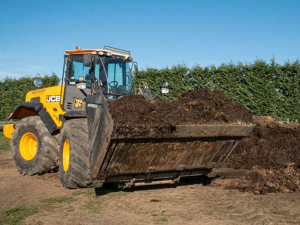“We often forget body condition is the other ‘feed’ source you’ve got,” he told one of a recent series of winter ewe management seminars organised by PGG Wrightson.
With a tight feed situation in many areas following the drought, assessing and managing ewes by body condition will be particularly important this year, he says.
Allocating as much feed to singles as multiples, or to fats as thins, is a waste of resource and while it might not be critical in times of plenty, the return on the extra management effort is likely to be considerable when things are tight.
To split flocks on condition, hands-on assessment of body condition is essential – doing the job by eye will be woefully inaccurate unless ewes have only just been shorn, he warns.
However, when condition scoring, don’t get too hung-up about what’s a 2.0, a 2.5 or a 3.0, he adds. “That’s not important. What is important is knowing which are the thin ones. It’s about finding the bottom 10 or 20% of your ewes and doing something about them.”
The window to do that is now until 30-40 days before lambing. After that, no matter how much feed you put in front of a multiple-bearing ewe, she won’t gain condition. “A twin or triplet bearing ewe physically can’t eat enough for those last few weeks of pregnancy,” he stresses.
Scanning is an ideal opportunity to condition score. “I’ll bet they don’t walk in for scanning on their own. Most of you have someone there pushing them in.”
Multiple-bearing ewes that are thin can be split off and preferentially fed from then on. Similarly, well-covered singles can be put on clean-up duties if need be.
If harnesses haven’t been used to mark early and late lambers, paying the scanner an extra 4-5c/sheep to identify them is also worthwhile if feed is short, says Kenyon.
















